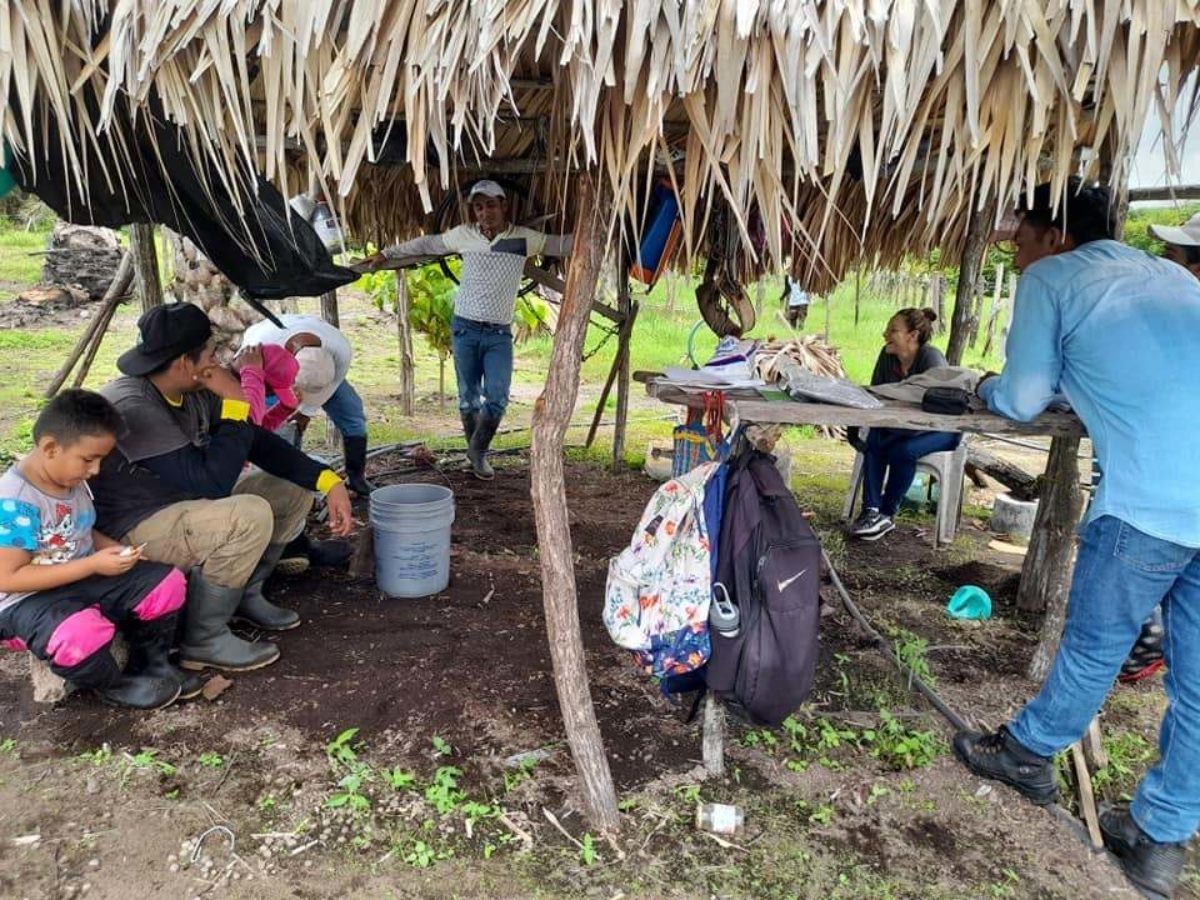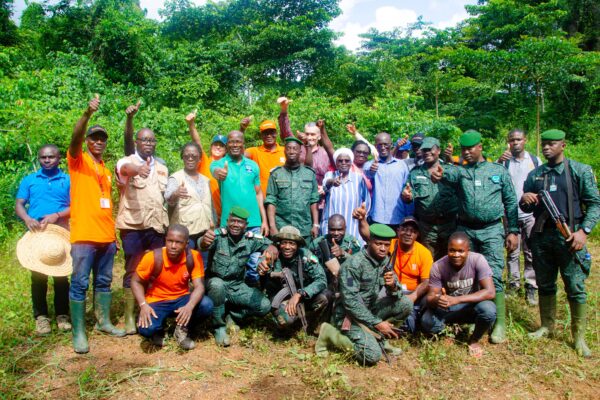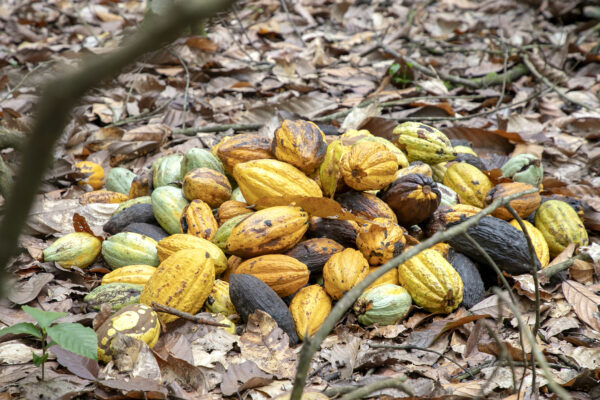2-minute read
Juan lives with his family in a small community called El Herrado in La Encrucijada Reserve, Mexico. The reserve is home to forests, mangroves and wetlands, as well as farming communities like El Herrado.
Juan used to grow oil palm in two hectares of his farm but struggled with low productivity, pests and high costs. His farm also didn't comply with the reserve's land-use plan — a government initiative to guide agriculture and conservation in La Encrucijada.
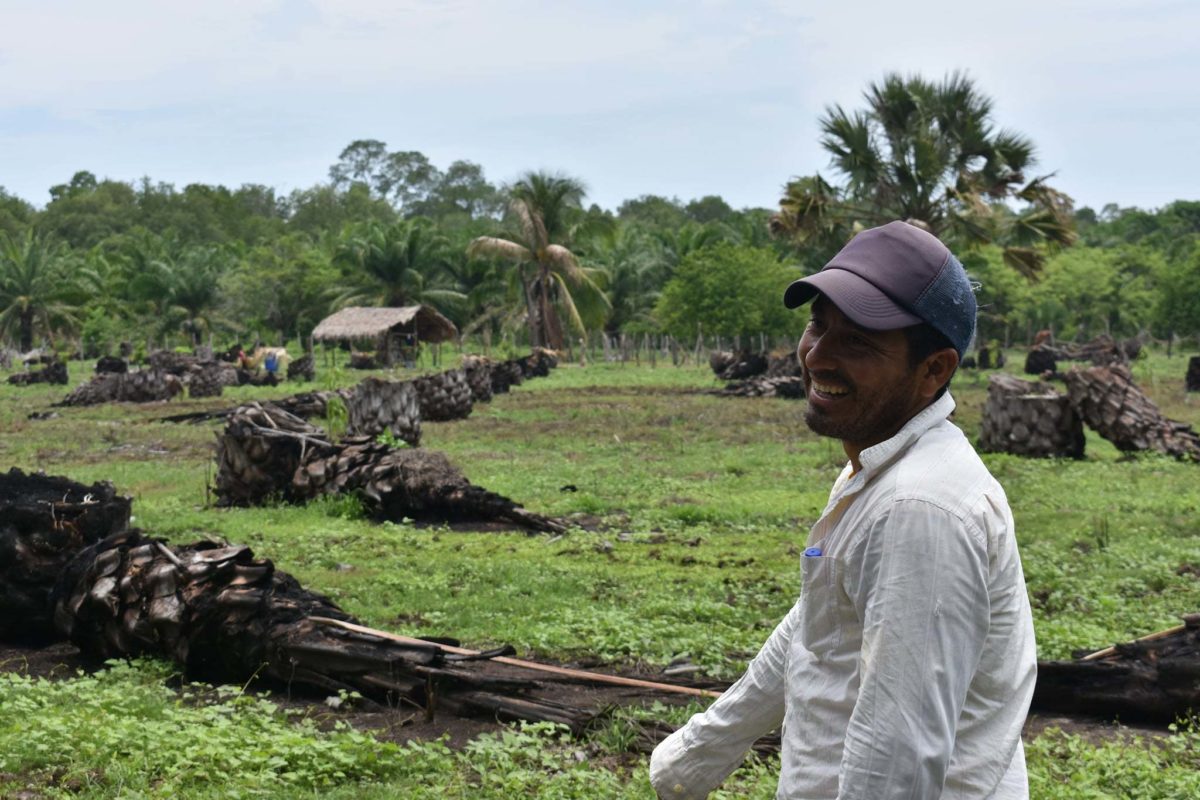
Switching from traditional to regenerative farming practices
One day in January 2020, he met Matilde Rincón — Mexico landscape manager at Earthworm — during a field visit to the area. She explained how Earthworm and CONANP (Mexico's National Commission of Protected Natural Areas) have been working together to help palm farmers.
After speaking with Matilde, Juan agreed to use his agroforestry — agriculture incorporating tree cultivation — on his farm. This is in support of CONANP's land-use management plans within La Encrucijada.
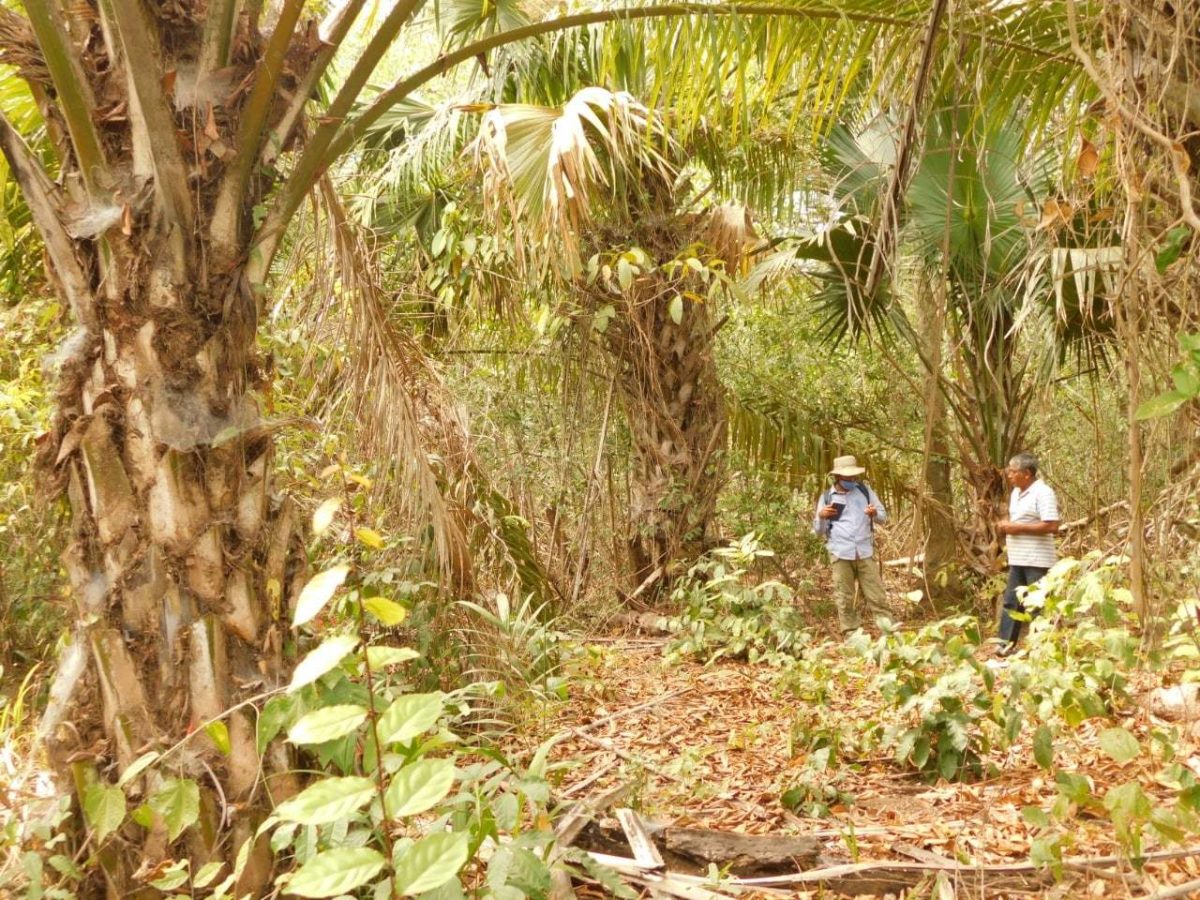
"We helped him cut down old, unproductive palm trees and move towards regenerative agriculture," Matilde said. "Juan and other farmers from El Herrado designed their own plots, including new cash and food crops like avocado, banana, chilli, corn, guanabana, lemon, mango and sesame."
Collaboration to help farmers with technical issues
With technical help from CONANP and Earthworm, and hard work from the community despite financial limitations, Juan took his idea from the whiteboard to the field. He planted his new crops before rainy season and spared some space to regenerate vegetation in his land.
"We also trained farmers on biofertilisers and identifying nutritional needs in crops," said Bruno Montesinos, project manager at Earthworm. "We hope to transform and regenerate the core zone in La Encrucijada, improving living conditions for people too."
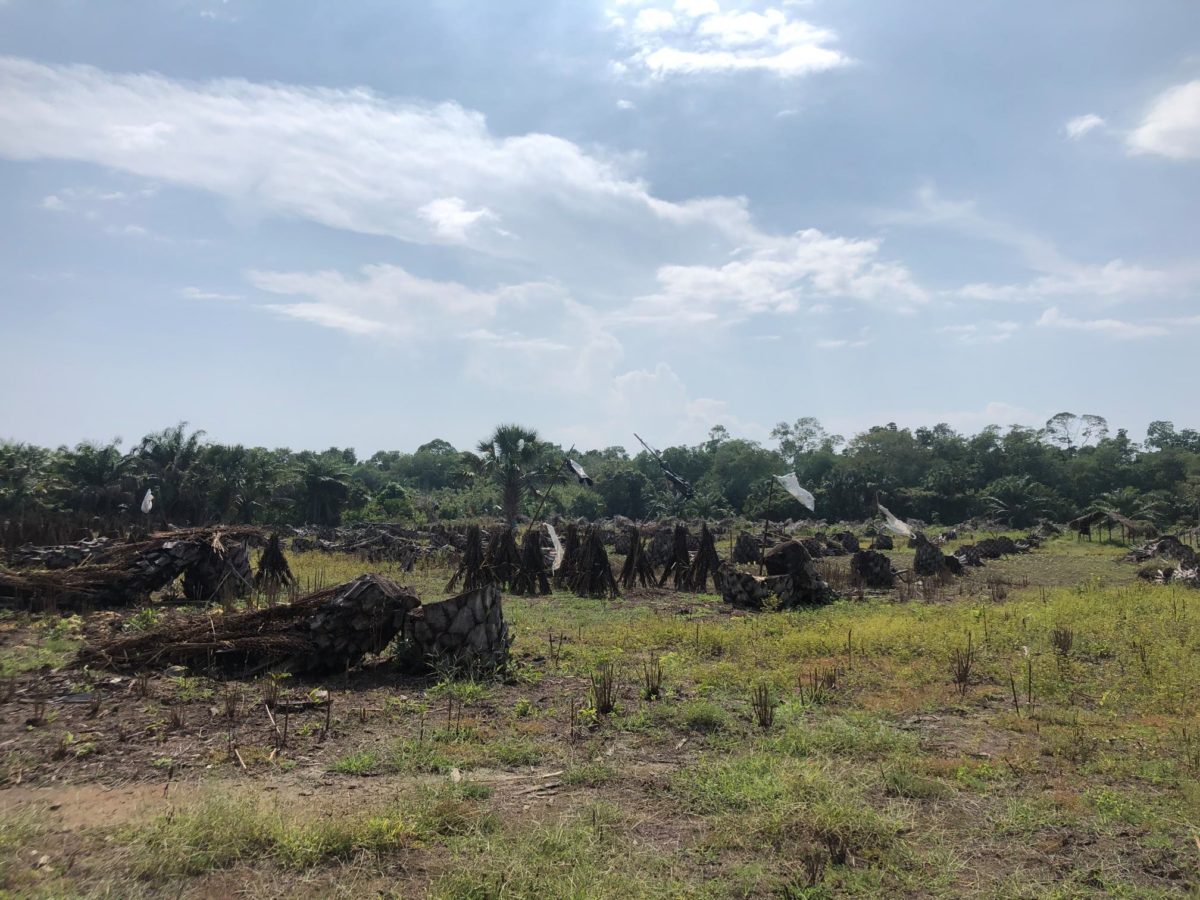
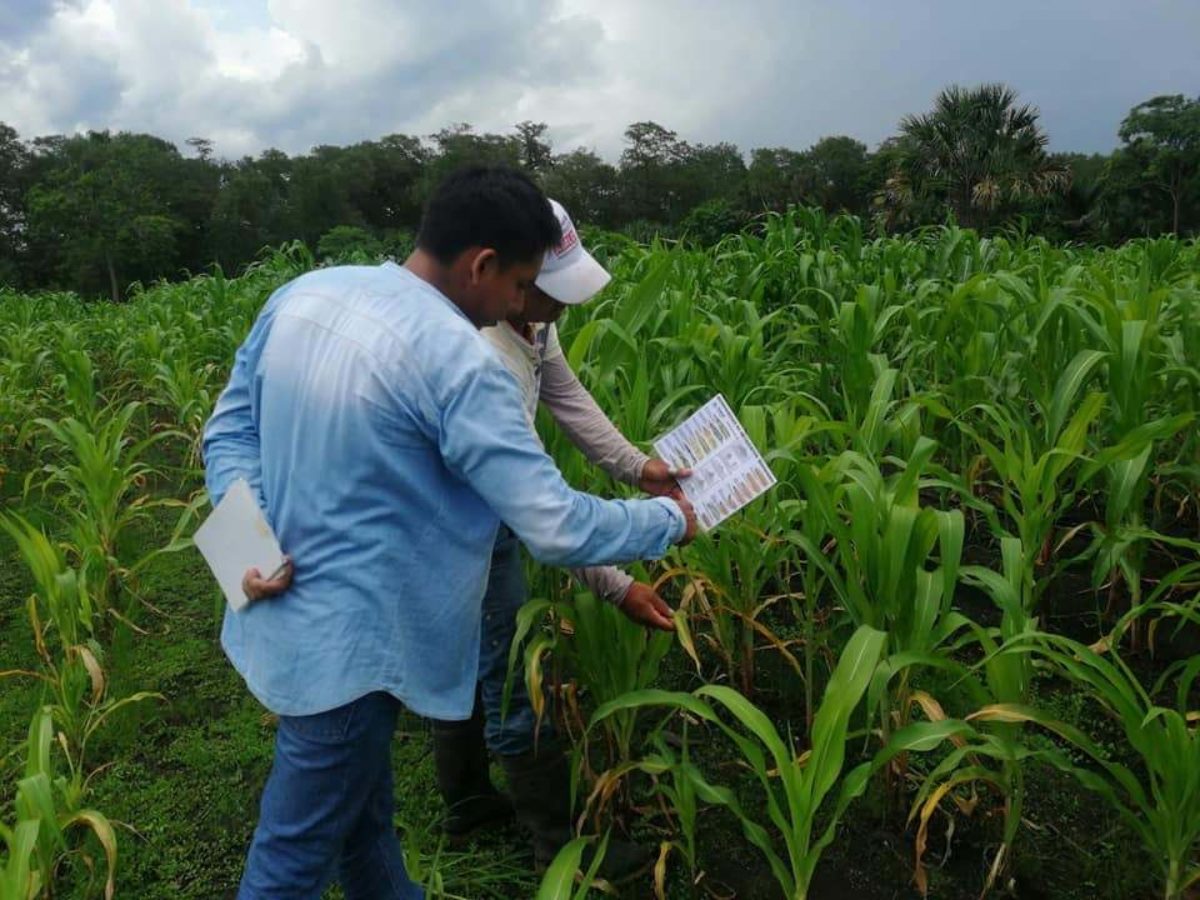
About 7,700 hectares of palm is grown in La Encrucijada by about 500 producers. Sixty percent of them struggle to meet government land-use standards, Matilde said.
"We are working with a pilot group of 50 producers, who supply palm fruit to five local mills," she said. "In the core area, where farmers like Juan live, it is a priority to recover 400 hectares and convert this to crops or forest."
The next year will see the first banana and corn crops emerge, Bruno said.
"We hope this motivates more people and companies to conserve forests and create solutions that work for farmers," he said.
